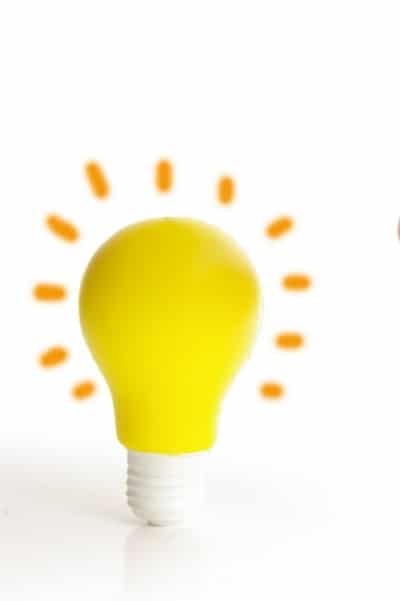
The fluorescent lighting used in most classrooms can lead to a host of difficulties, including migraines and harsh gray-toned light, not to mention the distractions of flickering or buzzing lights. By introducing more natural lighting into the classroom, we’re working with the body’s natural circadian rhythms to indicate to the brain that it’s time to be awake and alert.
Studies have also theorized that natural lighting improves visibility, health, mood, and behavior. And students aren’t the only ones who benefit – adults in the classroom enjoy the benefits of natural lighting as well!
Unfortunately, a lot of school buildings were built before the 1980s, when research into the positive benefits of light really started. Even if you can’t increase the natural light in your classroom, you can approximate natural daylight by using full-spectrum lighting as well as increasing blue lighting (natural daylight includes a lot of blue light).
Depending on your school’s rules and your community’s rules from the fire department, here are a few ways to improve the lighting in your classroom:
- Replace fluorescent lighting bulbs with full-spectrum bulbs
- Use lamps in the classroom with full-spectrum light bulbs
- Cover fluorescents with curtains made from pajamas made from fire-retardant material
- If your classroom has drop ceilings, cover the clear panels under the fluorescents with heat-resistant blue spray paint (Of course, you will need to discuss this with your school’s administration before painting school property!)
- Put blue fluorescent light protectors over fluorescent bulbs

